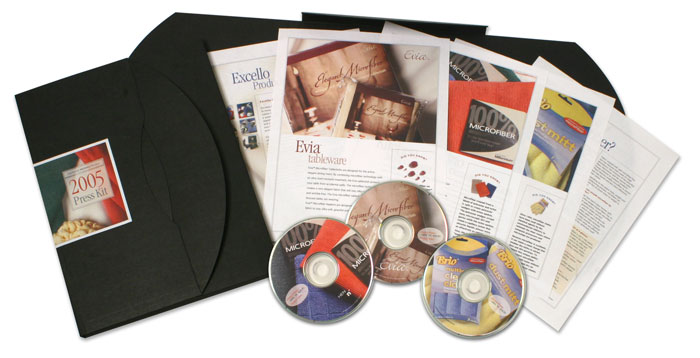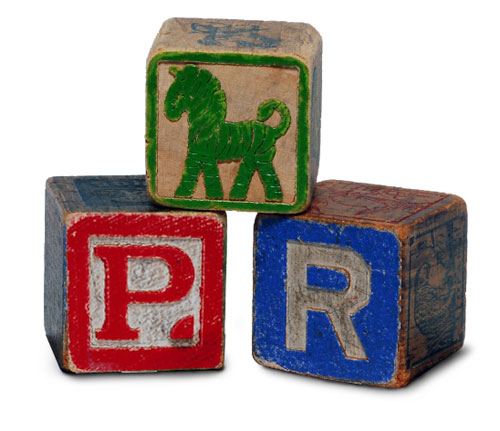
Where to spend your money? That’s always a tough question, but even more so in a down economy when budgets are tight and every dollar counts. So let’s take a look at some of the pros and cons of PR and Advertising to help you make the best budget allocations for your organization:
Public Relations
Pros
- Low cost
- Third-party endorsement carries high value in today’s cynical marketplace
- Many smaller trade publications and local newspapers need to fill space inexpensively with news releases and vendor bylined articles
- Ditto for conferences looking for session leaders, panel members and secondary speakers
- Opportunities to become an industry thought leader
Cons
- Requires good media relationships to function at the highest level
- Little or no control over the final message
- Limited shelf life—usually a one-time appearance
- Unpredictable exposure—no control over frequency or amount of coverage
- Limited metrics
Advertising
Pros
- Control over message and creative
- Ability to determine timing and frequency
- Generally has longer shelf life
- Better metrics to measure marketing ROI
Cons
- Expensive—consumes your budget faster
- Exposure proportional to your expenditure
- Consumers know they’re reading a paid sales message
- Lacks authenticity that comes from third-party endorsement
And the Winner Is…
It really depends on the size of your budget. In an ideal marketing world (let us know if you find one), you would have an appropriate blend of public relations and advertising to maximize your overall strategy.
Your decisions would be based more on the type of business you have and your marketing objectives. For example:
- An accounting and management-consulting firm might weight its budget more toward public relations because of the value that indirect, third-party endorsements bring to a professional services organization.
- A large national retail chain might have a heavier advertising budget to generate store traffic while allocating smaller PR budgets to individual stores for community relations building.
But your situation is different if you are a smaller organization that doesn’t have the budget luxury of creating an optimum plan. For you, PR is likely the better approach for direct and personal communications with your target prospects.
What is clear is that you need to actively promote your company on a consistent basis. Down economies make the task more challenging, but companies that market in good times and bad enjoy more success over the long haul. You remain visible to your audience and send a message of reliability, to say nothing of promoting your brand when others aren’t.
— by Larry Bauer








